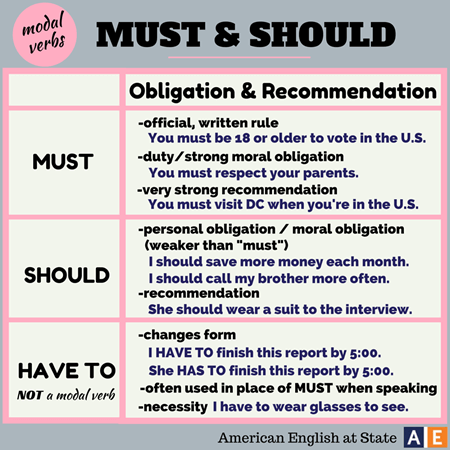Past Perfect
In general, we use it for actions that occurred before another action in the past.
We use the perfect past to refer to an action or event that started in the past and that precedes another action also in the past. The action that occurred first is in the past perfect and the one that follows in simple past.

Affirmative
Sentences
Subject + "had" + past participle
Examples:
I had visited the Louvre before, so I knew where the Mona Lisa was.
They had
studied English before they went to London.
Negative Sentences
Subject + "had" + "not" + past participle
Examples:
I hadn’t visited the Louvre before
so I didn’t know where the Mona Lisa was.
They hadn’t
studied English before they went to London.
Interrogative
Sentences
"Had" + subject + past participle ...?
Examples:
How did you know where the Mona Lisa was? Had you visited the Louvre before?
Had they studied English
before they went to London?
Exercises
https://www.curso-ingles.com/practicar/ejercicios/past-perfect
https://www.curso-ingles.com/practicar/ejercicios/unit-test-past-perfect
https://www.vitutor.com/gramatica_inglesa/verb_tense/past_perfect_ej1.html

